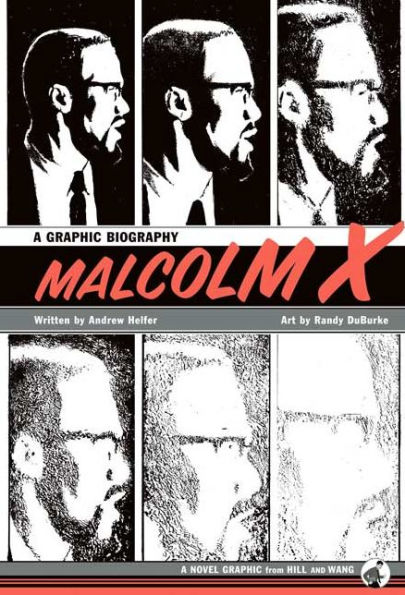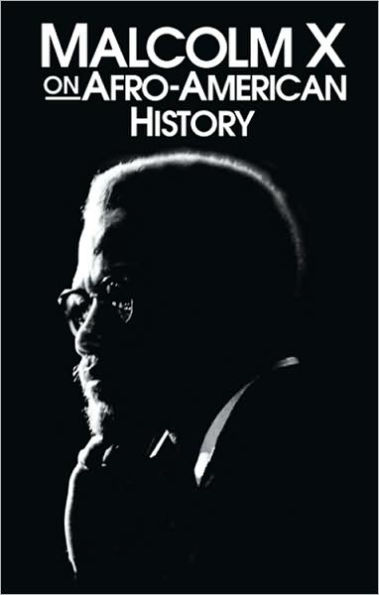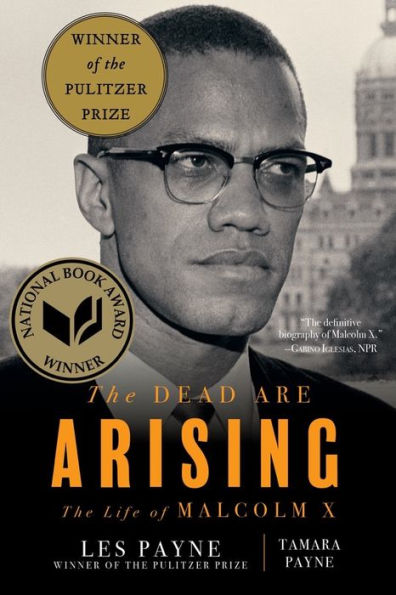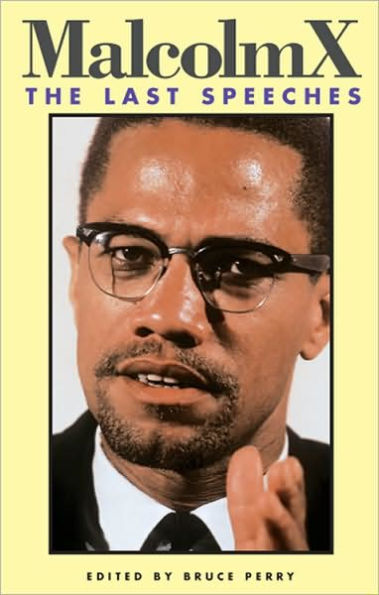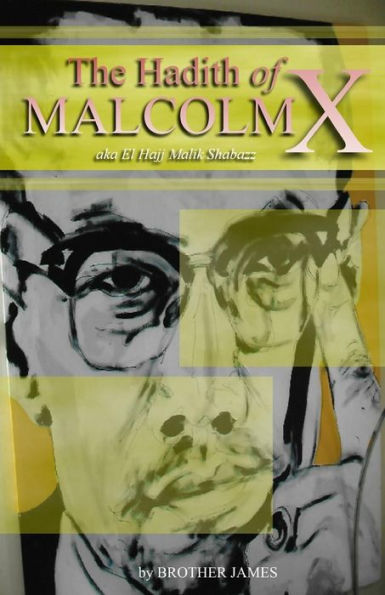Home
The Iconography of Malcolm X
Barnes and Noble
Loading Inventory...
The Iconography of Malcolm X in Franklin, TN
Current price: $44.99
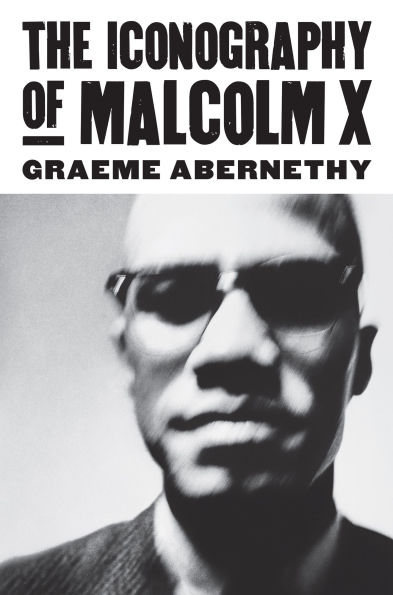
Barnes and Noble
The Iconography of Malcolm X in Franklin, TN
Current price: $44.99
Loading Inventory...
Size: Hardcover
From Detroit Red to El-Hajj Malik El-Shabazz, the man best known as Malcolm X restlessly redefined himself throughout a controversial life. His transformations have appeared repeatedly in books, photographs, paintings, and films, while his murder set in motion a series of tugs-of-war among journalists, biographers, artists, and his ideological champions over the interpretation of his cultural meaning.
This book marks the first systematic examination of the images generated by this iconic cultural figure—images readily found on everything from T-shirts and hip-hop album covers to coffee mugs. Graeme Abernethy captures both the multiplicity and global import of a person who has been framed as both villain and hero, cast by mainstream media during his lifetime as "the most feared man in American history," and elevated at his death as a heroic emblem of African American identity. As Abernethy shows, the resulting iconography of Malcolm X has shifted as profoundly as the American racial landscape itself.
Abernethy explores Malcolm's visual prominence in the eras of civil rights, Black Power, and hip-hop. He analyzes this enigmatic figure's representation across a variety of media from 1960s magazines to urban murals, tracking the evolution of Malcolm's iconography from his autobiography and its radical milieu through the appearance of Spike Lee's 1992 biopic and beyond. Its remarkable gallery of illustrations includes reproductions of iconic photographs by Richard Avedon, Eve Arnold, Gordon Parks, Henri Cartier-Bresson, and John Launois.
Abernethy reveals that Malcolm X himself was keenly aware of the power of imagery to redefine identity and worked tirelessly to shape how he was represented to the public. His theoretical grasp of what he termed "the science of imagery" enabled him both to analyze the role of representation in ideological control as well as to exploit his own image in the interests of black empowerment.
This provocative work marks a startling shift from the biographical focus that has dominated Malcolm X studies, providing an up-to-date—and comprehensively illustrated—account of Malcolm's cultural afterlife, and addressing his iconography in relation to images of other major African American figures, including Martin Luther King, Jr., Angela Davis, Kanye West, and Barack Obama. Analyzing the competing interpretations behind so many images, Abernethy reveals what our lasting obsession with Malcolm X says about American culture over the last five decades.
This book marks the first systematic examination of the images generated by this iconic cultural figure—images readily found on everything from T-shirts and hip-hop album covers to coffee mugs. Graeme Abernethy captures both the multiplicity and global import of a person who has been framed as both villain and hero, cast by mainstream media during his lifetime as "the most feared man in American history," and elevated at his death as a heroic emblem of African American identity. As Abernethy shows, the resulting iconography of Malcolm X has shifted as profoundly as the American racial landscape itself.
Abernethy explores Malcolm's visual prominence in the eras of civil rights, Black Power, and hip-hop. He analyzes this enigmatic figure's representation across a variety of media from 1960s magazines to urban murals, tracking the evolution of Malcolm's iconography from his autobiography and its radical milieu through the appearance of Spike Lee's 1992 biopic and beyond. Its remarkable gallery of illustrations includes reproductions of iconic photographs by Richard Avedon, Eve Arnold, Gordon Parks, Henri Cartier-Bresson, and John Launois.
Abernethy reveals that Malcolm X himself was keenly aware of the power of imagery to redefine identity and worked tirelessly to shape how he was represented to the public. His theoretical grasp of what he termed "the science of imagery" enabled him both to analyze the role of representation in ideological control as well as to exploit his own image in the interests of black empowerment.
This provocative work marks a startling shift from the biographical focus that has dominated Malcolm X studies, providing an up-to-date—and comprehensively illustrated—account of Malcolm's cultural afterlife, and addressing his iconography in relation to images of other major African American figures, including Martin Luther King, Jr., Angela Davis, Kanye West, and Barack Obama. Analyzing the competing interpretations behind so many images, Abernethy reveals what our lasting obsession with Malcolm X says about American culture over the last five decades.
From Detroit Red to El-Hajj Malik El-Shabazz, the man best known as Malcolm X restlessly redefined himself throughout a controversial life. His transformations have appeared repeatedly in books, photographs, paintings, and films, while his murder set in motion a series of tugs-of-war among journalists, biographers, artists, and his ideological champions over the interpretation of his cultural meaning.
This book marks the first systematic examination of the images generated by this iconic cultural figure—images readily found on everything from T-shirts and hip-hop album covers to coffee mugs. Graeme Abernethy captures both the multiplicity and global import of a person who has been framed as both villain and hero, cast by mainstream media during his lifetime as "the most feared man in American history," and elevated at his death as a heroic emblem of African American identity. As Abernethy shows, the resulting iconography of Malcolm X has shifted as profoundly as the American racial landscape itself.
Abernethy explores Malcolm's visual prominence in the eras of civil rights, Black Power, and hip-hop. He analyzes this enigmatic figure's representation across a variety of media from 1960s magazines to urban murals, tracking the evolution of Malcolm's iconography from his autobiography and its radical milieu through the appearance of Spike Lee's 1992 biopic and beyond. Its remarkable gallery of illustrations includes reproductions of iconic photographs by Richard Avedon, Eve Arnold, Gordon Parks, Henri Cartier-Bresson, and John Launois.
Abernethy reveals that Malcolm X himself was keenly aware of the power of imagery to redefine identity and worked tirelessly to shape how he was represented to the public. His theoretical grasp of what he termed "the science of imagery" enabled him both to analyze the role of representation in ideological control as well as to exploit his own image in the interests of black empowerment.
This provocative work marks a startling shift from the biographical focus that has dominated Malcolm X studies, providing an up-to-date—and comprehensively illustrated—account of Malcolm's cultural afterlife, and addressing his iconography in relation to images of other major African American figures, including Martin Luther King, Jr., Angela Davis, Kanye West, and Barack Obama. Analyzing the competing interpretations behind so many images, Abernethy reveals what our lasting obsession with Malcolm X says about American culture over the last five decades.
This book marks the first systematic examination of the images generated by this iconic cultural figure—images readily found on everything from T-shirts and hip-hop album covers to coffee mugs. Graeme Abernethy captures both the multiplicity and global import of a person who has been framed as both villain and hero, cast by mainstream media during his lifetime as "the most feared man in American history," and elevated at his death as a heroic emblem of African American identity. As Abernethy shows, the resulting iconography of Malcolm X has shifted as profoundly as the American racial landscape itself.
Abernethy explores Malcolm's visual prominence in the eras of civil rights, Black Power, and hip-hop. He analyzes this enigmatic figure's representation across a variety of media from 1960s magazines to urban murals, tracking the evolution of Malcolm's iconography from his autobiography and its radical milieu through the appearance of Spike Lee's 1992 biopic and beyond. Its remarkable gallery of illustrations includes reproductions of iconic photographs by Richard Avedon, Eve Arnold, Gordon Parks, Henri Cartier-Bresson, and John Launois.
Abernethy reveals that Malcolm X himself was keenly aware of the power of imagery to redefine identity and worked tirelessly to shape how he was represented to the public. His theoretical grasp of what he termed "the science of imagery" enabled him both to analyze the role of representation in ideological control as well as to exploit his own image in the interests of black empowerment.
This provocative work marks a startling shift from the biographical focus that has dominated Malcolm X studies, providing an up-to-date—and comprehensively illustrated—account of Malcolm's cultural afterlife, and addressing his iconography in relation to images of other major African American figures, including Martin Luther King, Jr., Angela Davis, Kanye West, and Barack Obama. Analyzing the competing interpretations behind so many images, Abernethy reveals what our lasting obsession with Malcolm X says about American culture over the last five decades.
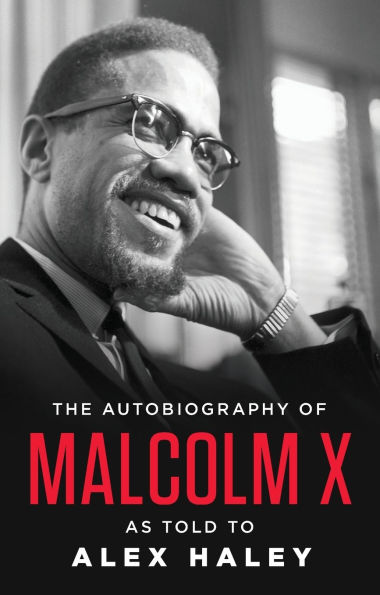
![Malcolm X [Criterion Collection] [Blu-ray]](https://prodimage.images-bn.com/pimages/0715515279314_p0_v7_s600x595.jpg)


